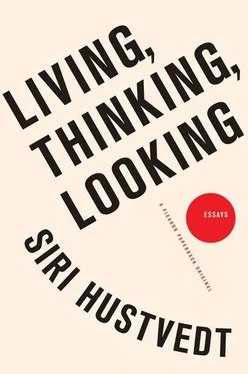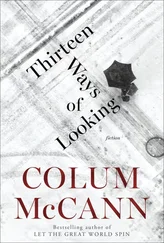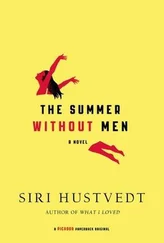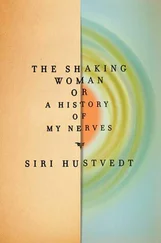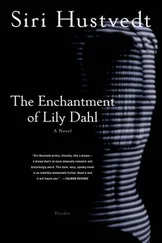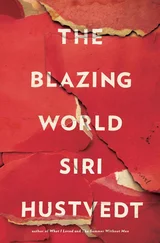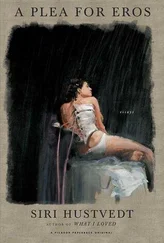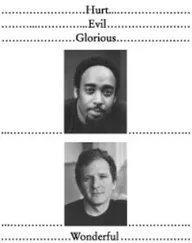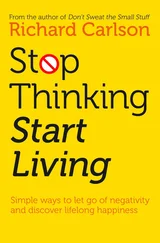Mysteries of the Rectangle, was published in 2005, I have continued to try to write about artworks in a language that does not violate, reduce, or betray perceptual experience. This is not easy. An image is not a text. The difficulties inherent in the undertaking, however, have pushed me to examine further what it means to look at works of art and to develop an embodied, intersubjective approach to the question, one articulated most fully in the last essay in this collection.
Every book is for someone. The act of writing may be solitary, but it is always a reach toward another person — a single person — since every book is read alone. The writer does not know for whom she writes. The reader’s face is invisible, and yet, every sentence inscribed on a page represents a bid for contact and a hope for understanding. The essays in Living, Thinking, Looking were written in this spirit. They were written for you.
— S.H.
VARIATIONS ON DESIRE: A Mouse, a Dog, Buber, and Bovary
DESIRE APPEARS AS A FEELING, a flicker or a bomb in the body, but it’s always a hunger for something, and it always propels us somewhere else, toward the thing that is missing. Even when this motion takes place on the inner terrain of fantasy, it has a quickening effect on the daydreamer. The object of desire — whether it’s a good meal, a beautiful dress or car, another person, or something abstract, such as fame, learning, or happiness — exists outside of us and at a distance. Whatever it is, we don’t have it now. Although they often overlap, desires and needs are semantically distinct. I need to eat, but I may not have much desire for what is placed in front of me. While a need is urgent for bodily comfort or even survival, a desire exists at another level of experience. It may be sensible or irrational, healthy or dangerous, fleeting or obsessive, weak or strong, but it isn’t essential to life and limb. The difference between need and desire may be behind the fact that I’ve never heard anyone talk of a rat’s “desire”—instincts, drives, behaviors, yes, but never desires. The word seems to imply an imaginative subject, someone who thinks and speaks. In Webster’s, the second definition for the noun desire is: “an expressed wish, a request.” One could argue about whether animals have “desires.” They certainly have preferences. Dogs bark to signal they wish to go outside, ravenously consume one food but leave another untouched, and make it known that the vet’s door is anathema. Monkeys express their wishes in forms sophisticated enough to rival those of their cousins, the Homo sapiens. Nevertheless, human desire is shaped and articulated in symbolic terms not available to animals.
When my sister Asti was three years old, her heart’s desire, repeatedly expressed, was a Mickey Mouse telephone, a Christmas wish that sent my parents on a multi-city search for a toy that had sold out everywhere. As the holiday approached, the tension in the family grew. My sister Liv, then seven, and I, nine, had been brought into the emotional drama of the elusive toy and began to fear that the object our younger sister craved would not be found. As I remember it, my father tracked the thing down in the neighboring city of Fairbault, late in the afternoon that Christmas Eve, only hours before the presents were to be opened. I recall his triumphant arrival through the garage door, stamping snow from his boots, large garish box in hand — and our joy. My youngest sister, Ingrid, is missing from the memory, probably because she was too young to have participated in what had become a vicarious wish for the rest of us. Asti knows the story, because it took on mythical proportions in the family, and she remembers the telephone, which remained part of the toy collection for some time, but the great unwrapping on the living room floor that I watched with breathless anticipation isn’t part of her memory.
This little narrative of the Mickey Mouse telephone opens an avenue into the peculiarities of human desire. Surely the telephone’s luminous and no doubt aggrandized image on the television screen whetted Asti’s desire and triggered fantasies of possession. The Disney rodent himself must have played a role. She may have imagined having conversations with the real mouse. I don’t know, but the object took on the shine of glamour, first for her, and then for the rest of us, because it wasn’t gained easily. It had to be fought for, always an augmenting factor in desire. Think of the troubadours. Think of Gatsby. Think of literature’s great, addled Knight Errant on Rocinante. A three-year-old’s desire infected four other family members who loved her because her wish became ours through intense identification, not unlike the sports fan’s hope that his team will win. Desire can be contagious. Indeed, the churning wheels of capitalism depend upon it.
Asti’s “Mickey Mouse” desire presupposes an ability to hold an object in the mind and then imagine its acquisition at some other time, a trick the great Russian neurologist A. R. Luria (1902–1977) explicitly connected to language with its roaming I and the labile quality of linguistic tenses: was, is, will be. Narrative is a mental movement in time, and longing for an object very often takes on at least a crude narrative: P is lonely and longs for company. He dreams of meeting Q. He imagines that he is talking to Q in a bar, her head nestled on his shoulder. She smiles. He smiles. They stand up. He imagines her lying in his bed naked, and so on. I have always felt intuitively that conscious remembering and imagining are powerfully connected, that they are, in fact, so similar as to be at times difficult to disentangle from each other, and that they both are bound to places. It’s important to anchor the people or objects you remember or imagine in a mental space — or they begin to float away, or worse, disappear. The idea that memory is rooted in location goes back to the Greeks and exerted a powerful influence on medieval thought. The scholastic philosopher Albertus Magnus wrote, “Place is something the soul itself makes for laying up images.” 1
Scientists have recently given new force to this ancient knowledge in a study of amnesia patients with bilateral hippocampal damage. The hippocampus, in connection with other medial temporal lobe areas of the brain, is known to be vital to the processing and storage of memory, but it also appears to be essential to imagining . When asked to visualize a specific scene, the brain-damaged patients found it difficult to provide a coherent spatial context for their fantasies. Their reports were far more fragmented than those of their healthy counterparts (or “controls,” as scientists like to call them). This insight does not, of course, affect desire itself. People with hippocampal damage don’t lack desire — but fully imagining what they long for is impaired. Other forms of amnesia, however, would make it impossible to keep the image of a Mickey Mouse telephone or the phantom Ms. Q in the mind for more than seconds. This form of desire lives only in the moment, outside narrative, an untraceable eruption of feeling that could be acted upon only if a desirable object popped up in the same instant and the amnesiac reached out and grabbed it.
But desire can be aimless, too. It happens to me from time to time that I wonder what it is I am wanting. A vague desire makes itself felt before I can name the object — a restlessness in my body, possibly hunger, possibly the faintest stirring of erotic appetite, possibly a need to write again or read again or read something else, but there it is — a push in me toward a satisfaction I can’t identify. What is that? Jaak Panksepp, a neuroscientist, writes in his book, Affective Neuroscience: The Foundations of Human and Animal Emotions, about what he calls “the SEEKING system.” Other scientists have given drabber names to the same circuit: “behavioral activation system” or “behavioral facilitation system.” Panksepp writes:
Читать дальше
